Viewfinder vs. LCD Screen: Which One Should You Use? (And Why)
Capturing great photos that are tack sharp requires precision. Therefore, it stands to reason that you need to choose the best tool for the job.
The benefits of the viewfinder and LCD screen are often compared with one another. Depending on whom you ask, you might hear remarkably different opinions on the usability of the two.
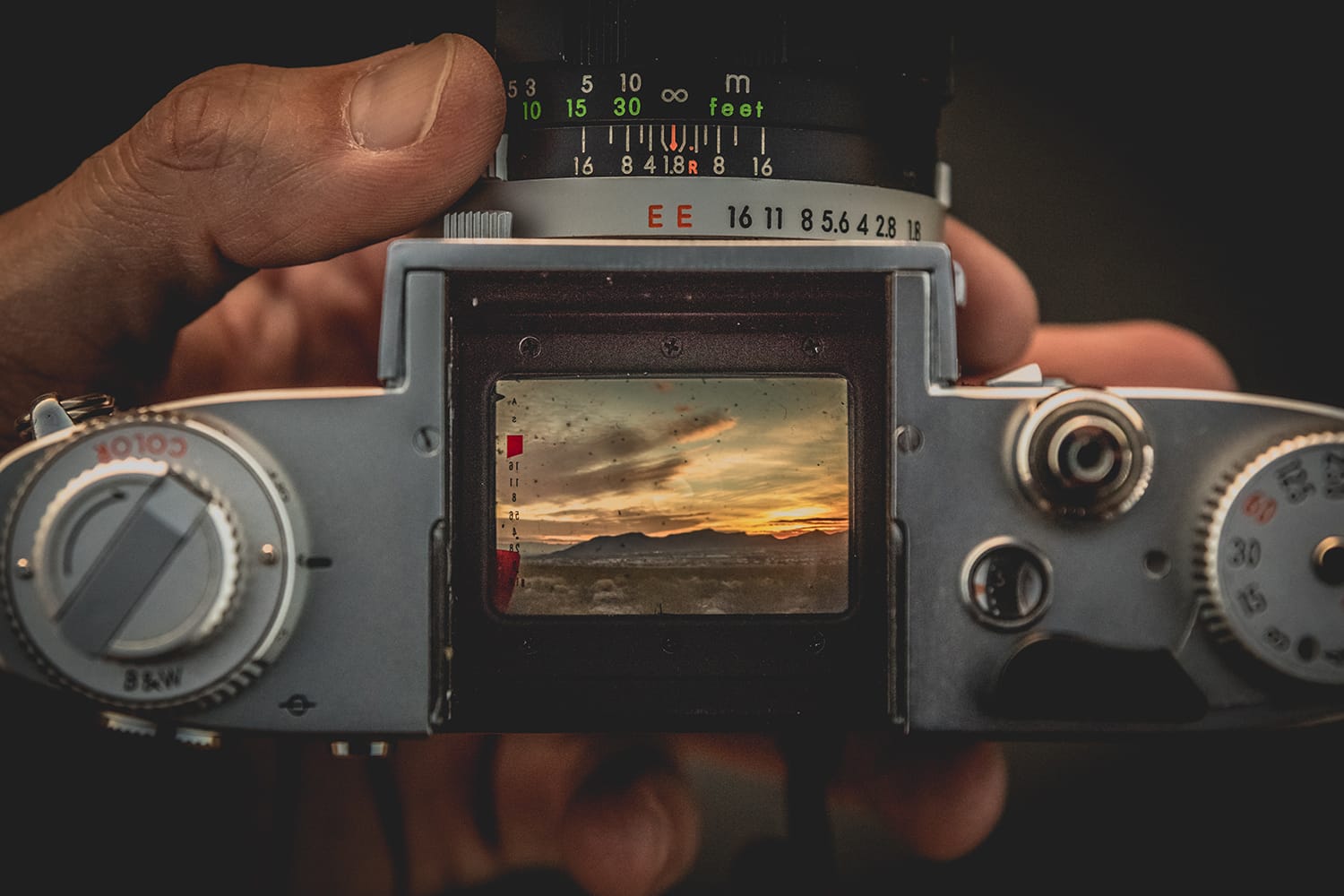
Let’s go through some of the pros and cons of both and present you with an objective case for why you should pick one over the other. Keep in mind that this isn’t meant to dictate which shooting method you should use. There are valid reasons to use both; it just depends on the situation.
Pros of Using the Viewfinder
Let’s look at some of the benefits of using the viewfinder.
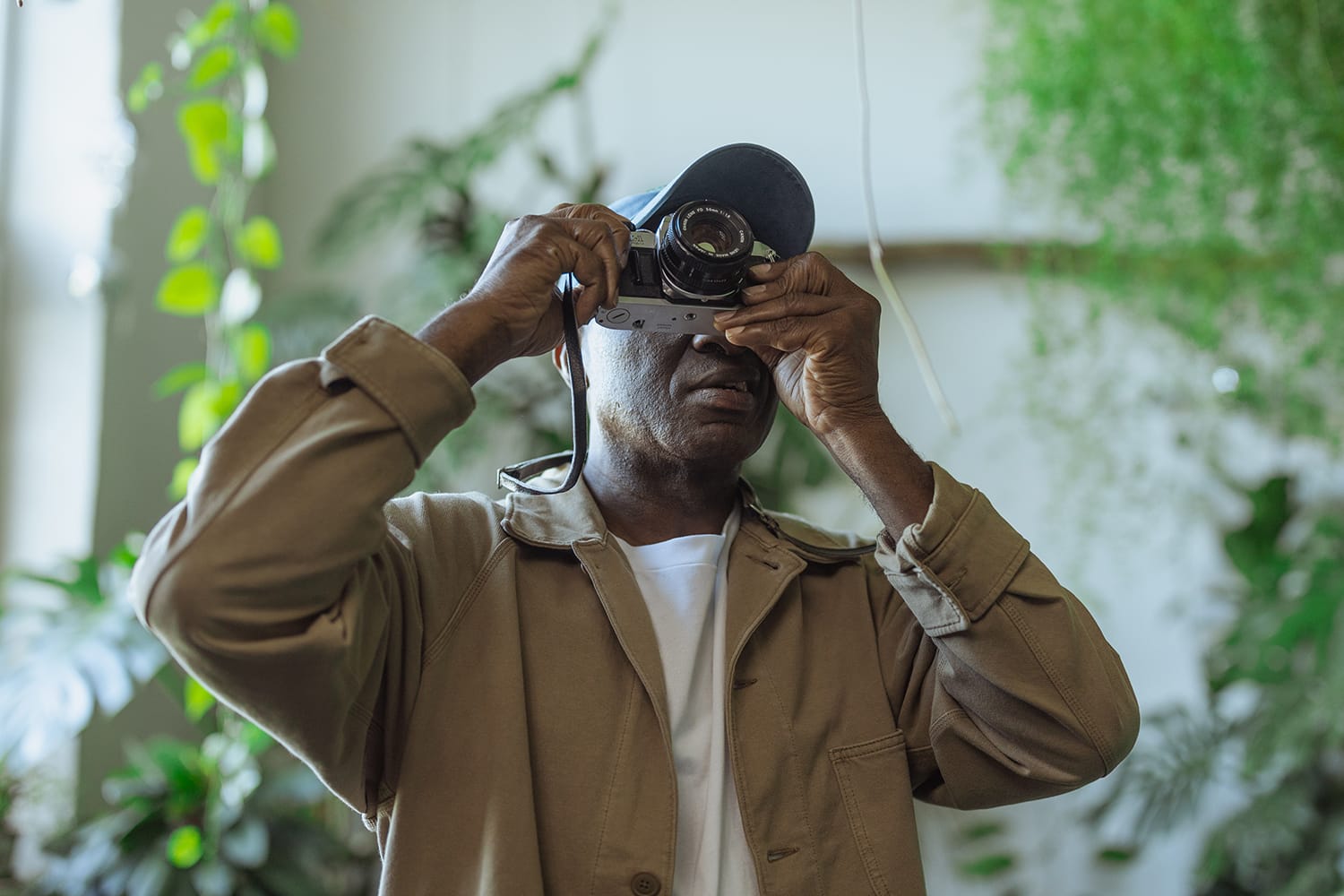
1. Offers More Precision
As discussed above, photography is all about precision. Viewfinders have been around long before LCD screens, and therefore many photographers find viewfinders more comfortable to work with.
Viewfinders offer much more precision when you are shooting, especially on a bright day. It allows you to focus on the small details. Viewfinders reduce image distortion and capture an accurate image. That’s why most DSLRs and high-end mirrorless cameras today still have viewfinders.
2. Doesn’t Drain the Battery
Running out of battery is a nightmare for photographers, especially if you don’t have any spares. That’s why viewfinders are considered optimal in these situations. Viewfinders use comparatively much less battery than LCD screens.
If you are shooting in an area where electricity is scarce, or don’t have access to a charger or backup batteries, the viewfinder will be a better choice for you.
3. Convenient To Use
Viewfinders are very convenient to use and provide smooth handling. When looking through the viewfinder, it’s easy to keep the camera steady. This makes the viewfinder an optimal choice when you need to zoom in or have a slightly heavier camera.
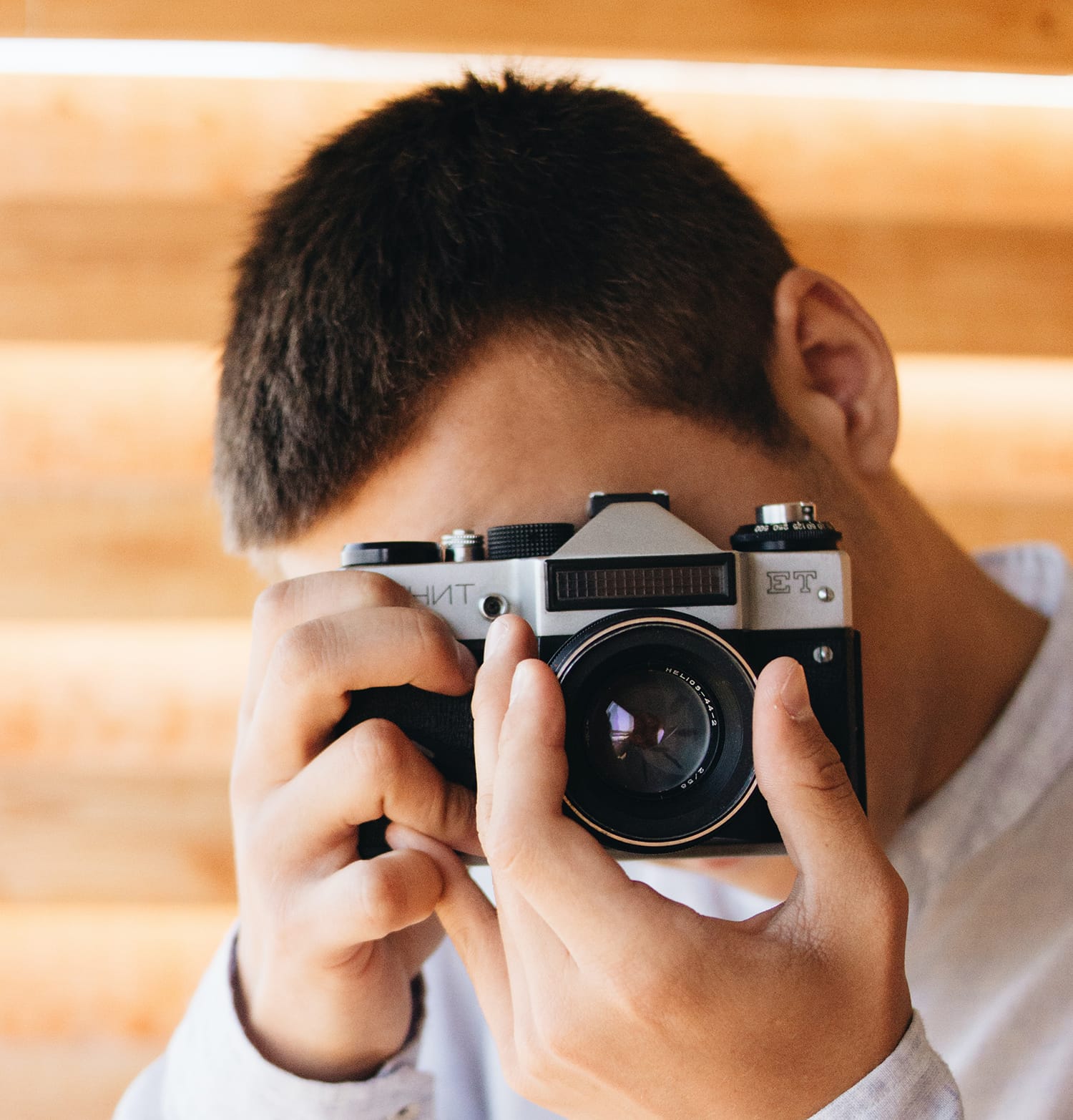
Cons of Using Viewfinder
Here are some cons of using a viewfinder.
1. Difficult to Use If You Wear Glasses
Though it is not impossible to see through a viewfinder if you wear glasses, it does make it hard to use.
For many people, this extra effort of adjusting your eyeglasses is troublesome. However, some viewfinder cameras have a built-in diopter that can help make it easier to use with glasses.
2. Viewfinders Can Be Very Small
Viewfinders can be much smaller compared to LCD screens. As a result, you may not be able to see everything you’re capturing in the viewfinder accurately. This drawback is very important for photographers who want to preview every single detail when taking a picture.
3. Lower Resolution Unless You Zoom
To see details on viewfinders, especially the electronic ones, you have to zoom in on the frame. However, this can lower the resolution of the preview. Luckily, if most of your shots consist of zoom shots, this may not bother you much.
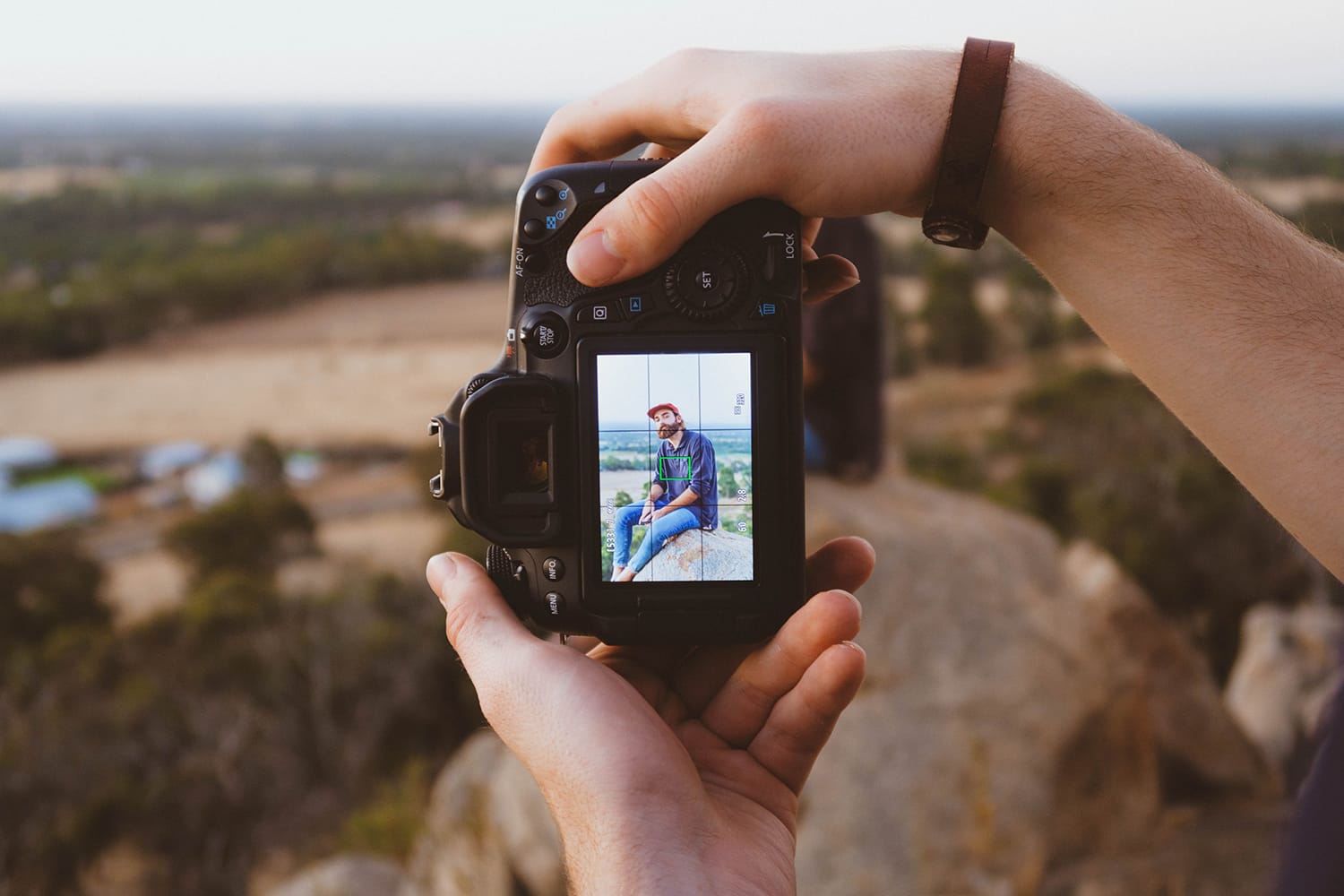
Pros Of Using an LCD Screen
LCD screens have the following pros that may make them the best choice for you.
1. Cover the Whole Image
What sets LCD screens apart from viewfinders is their ability to provide 100% image coverage to the photographer. In comparison, cameras with a viewfinder offer around 90-95% of the image, sometimes less.
What you see through the viewfinder doesn’t always end up in the final result. Small details can be crucial. That’s why this 5-10% difference in image coverage can be a significant reason why you might choose an LCD screen over the viewfinder.
2. Provide Accurate Pictures at a Ground Level
When you are in a lower field-of-view, framing can be much more difficult. Many people can’t take a picture while lying on the ground using a viewfinder. This is where LCD screens come in. Flexible LCDs make it easier for you to capture images when you can’t reach awkward angles.
3. Better Results at Night
LCD screens produce great results for night photography. LCD screens are often used for night photography due to their bright image playback quality. They help you focus on the small details when you are shooting at night.
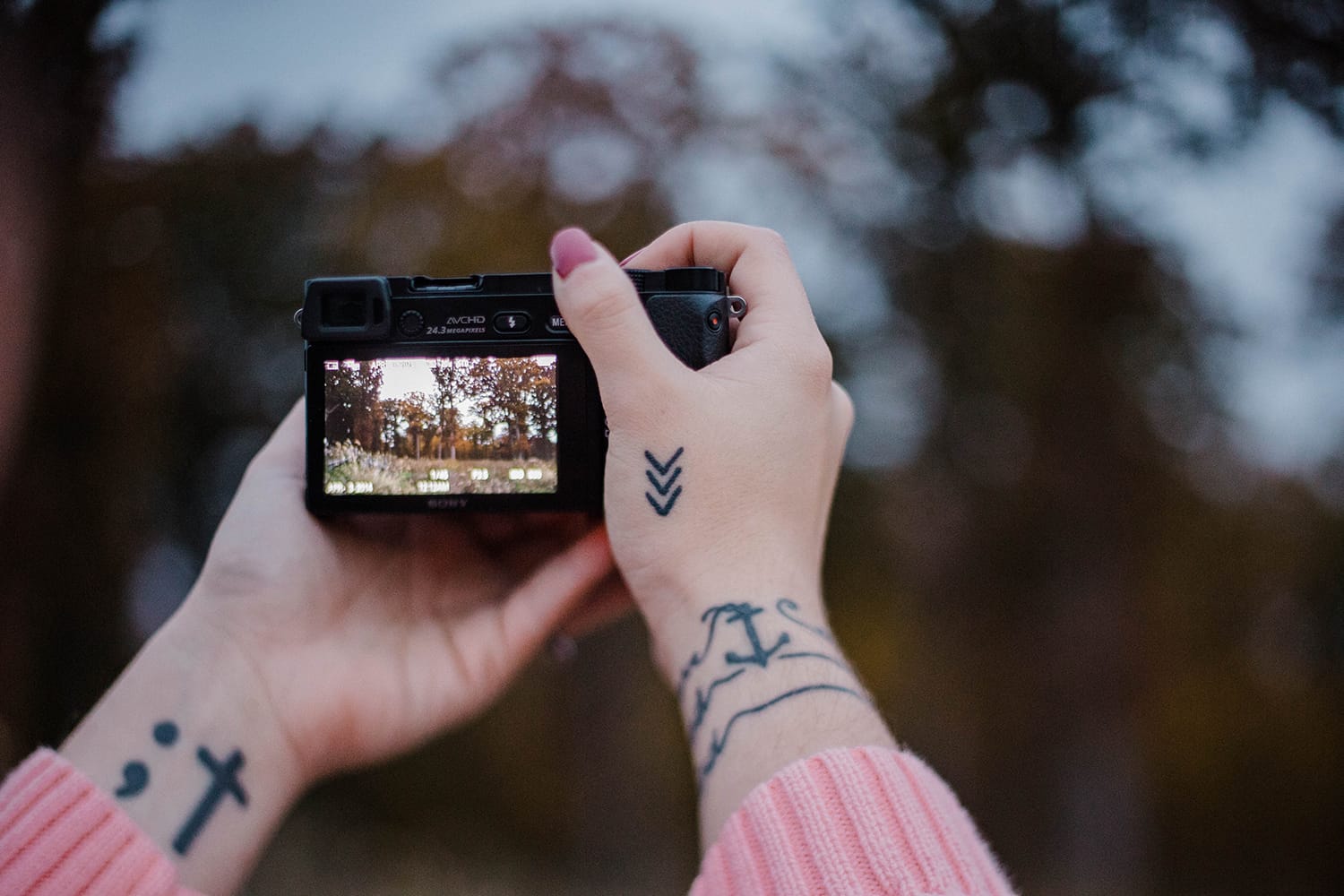
Cons Of Using LCD Screens
Here are some drawbacks of LCD screens to consider.
1. Impossible to Use On a Bright Day
An evident shortcoming of the LCD screen is its lack of utility on a bright day. Because of the glare, many people cannot use their LCD screen at all on a sunny day. It’s hard to see anything on the LCD except the reflections.
The crystals in the LCD also light up, rendering the screen resolution suboptimal for use on a bright day.
2. Harder to Handle
Another drawback to using an LCD screen is its difficulty in handling it. Holding the camera while looking through the LCD screen is difficult and takes a lot of effort, especially when you are zooming and trying to be precise.
It’s very easy to move the camera when you are working with an LCD screen, and as a result, your picture can be blurry.
3. Can Overexpose the Image
Another disadvantage of LCD screens is the fact that they can easily overexpose your image. This should not be a problem for seasoned photographers who can improve the quality of the image with better handling and precision.
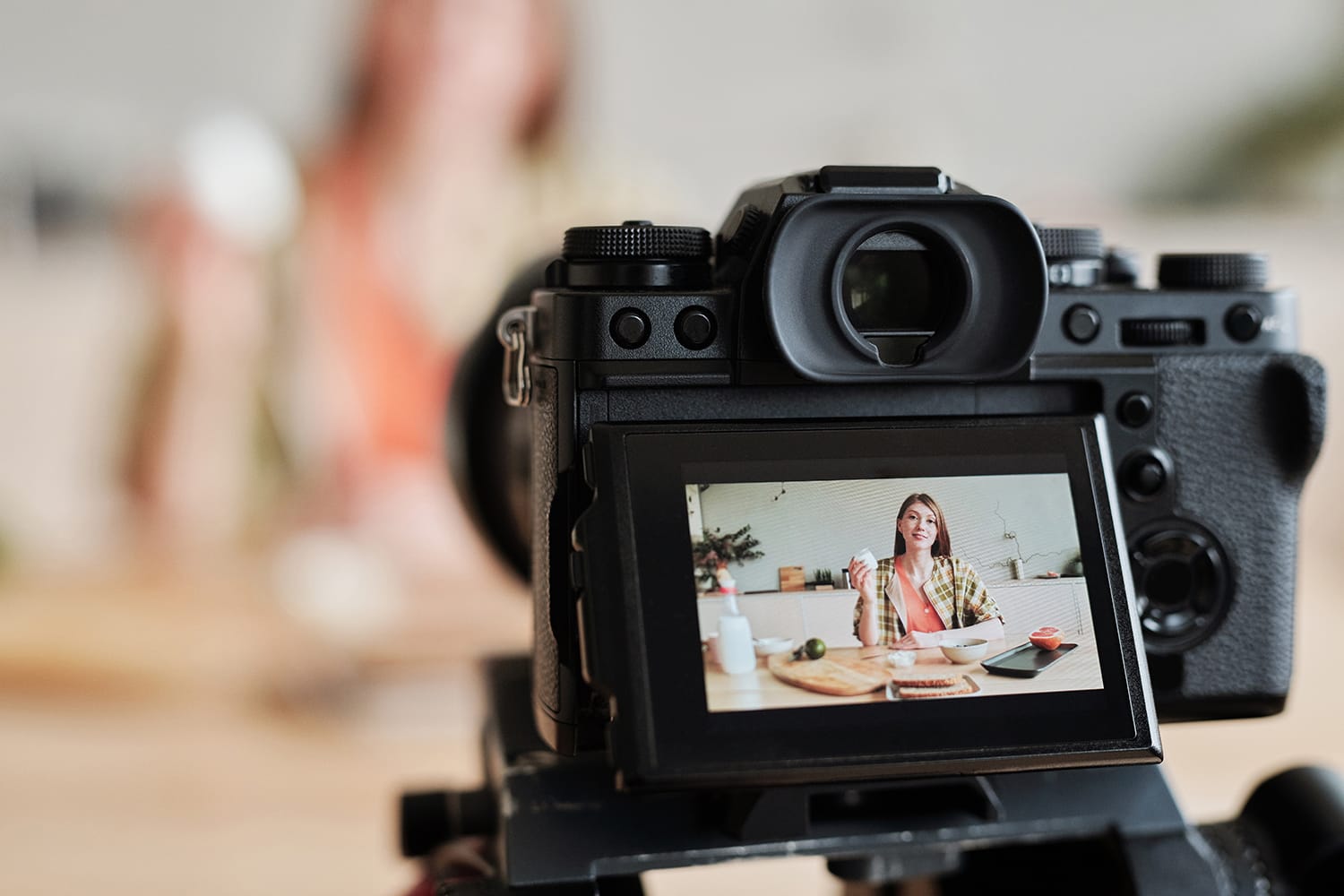
Final Words
Those were some of the benefits and drawbacks of using a viewfinder and LCD screen to consider. So, which one is best? The answer depends on your personal preferences and budget.
If you’re a traditional photographer, you’ll probably be more comfortable with the viewfinder. If you are a photographer who likes to focus on small details and image quality, you should opt for the LCD screen.
